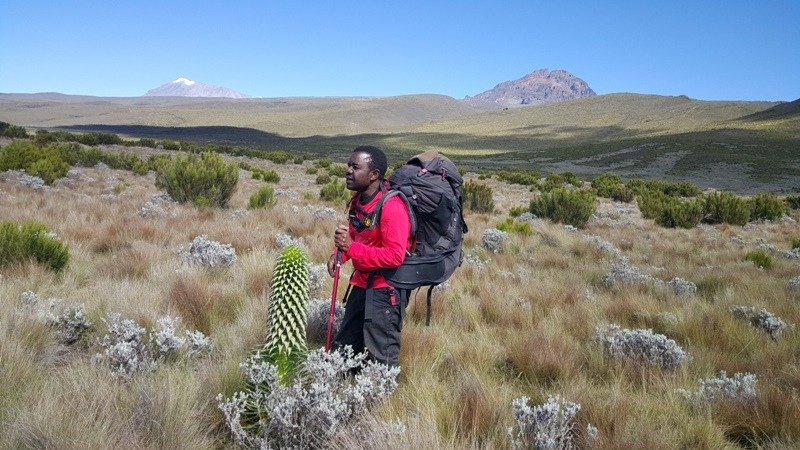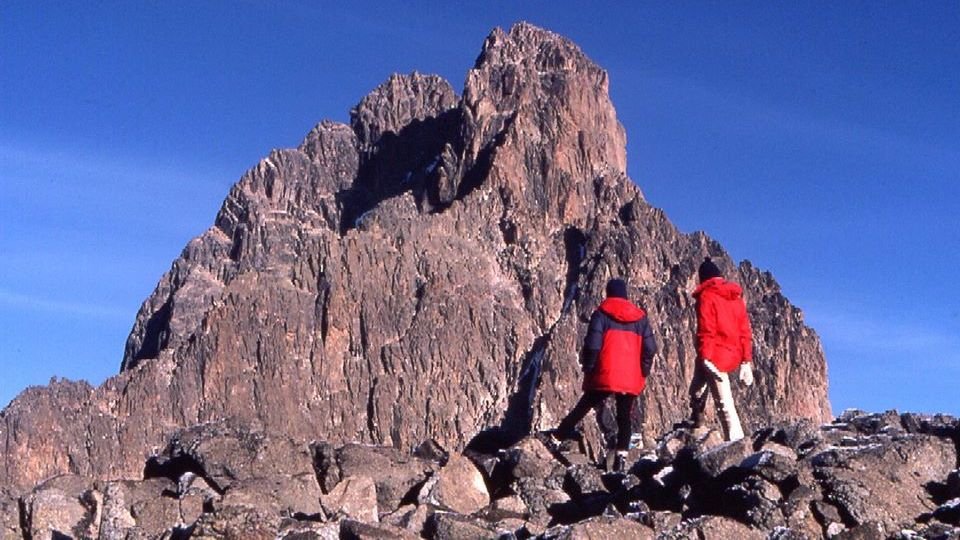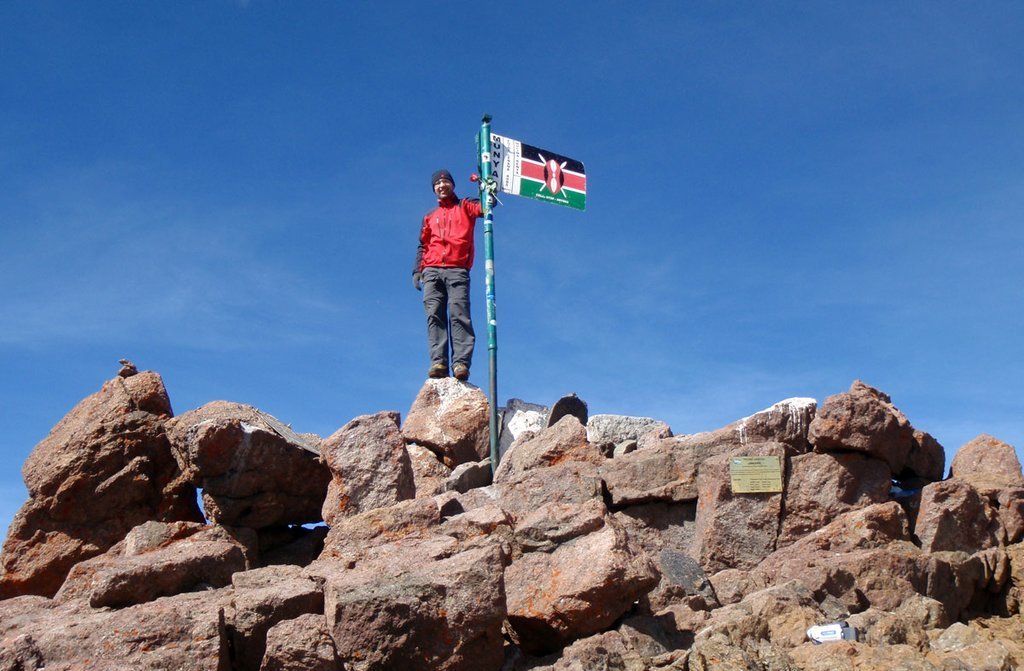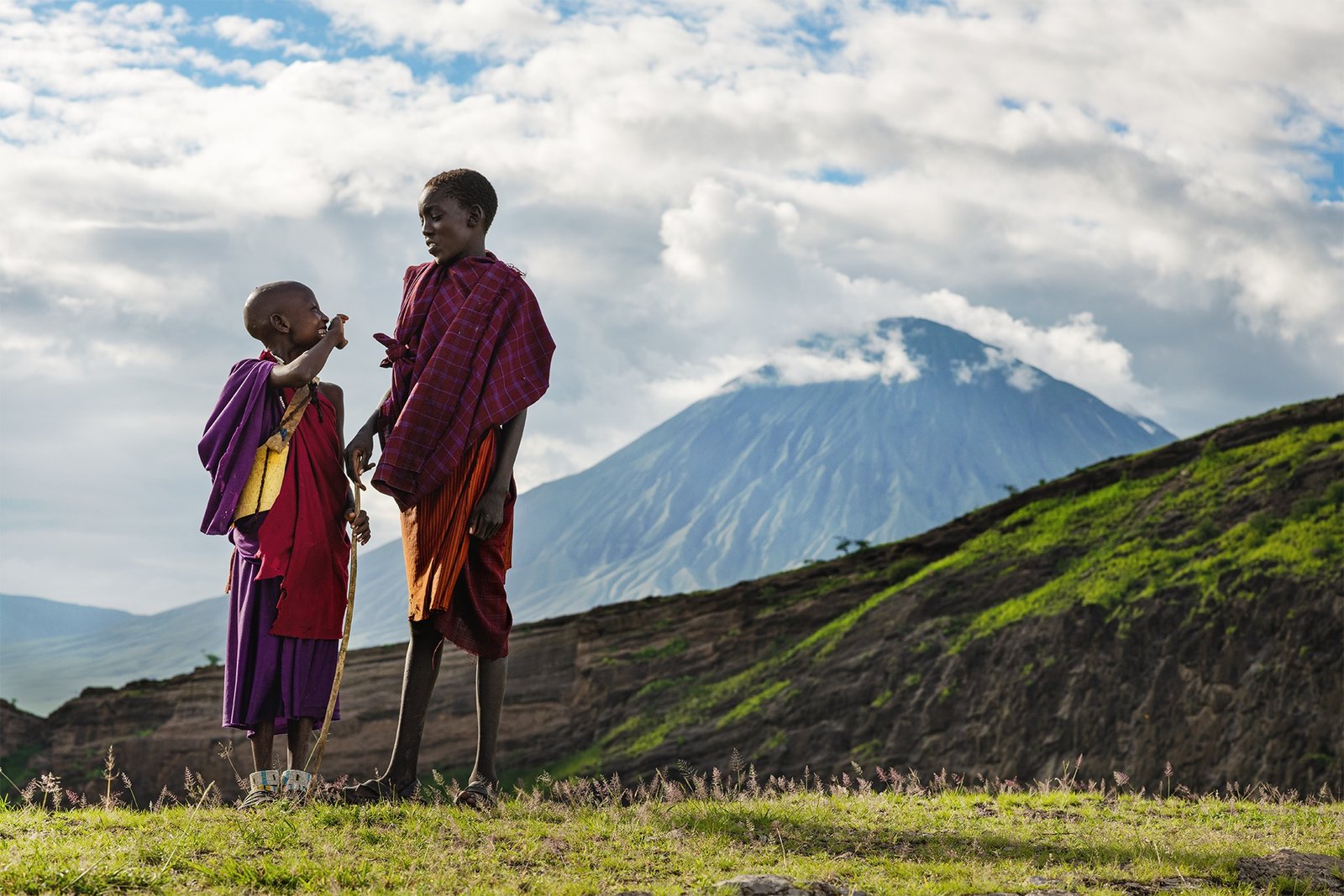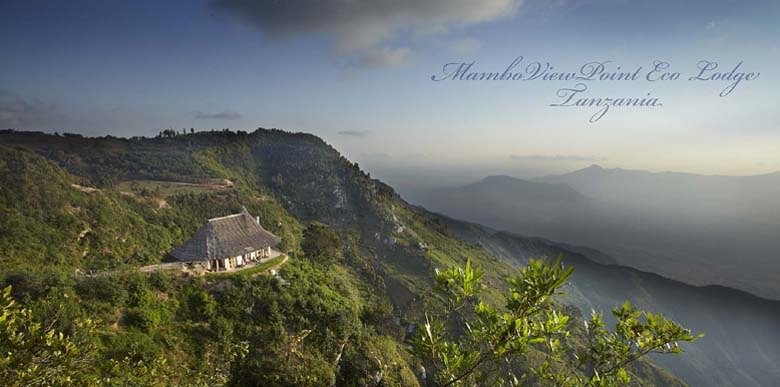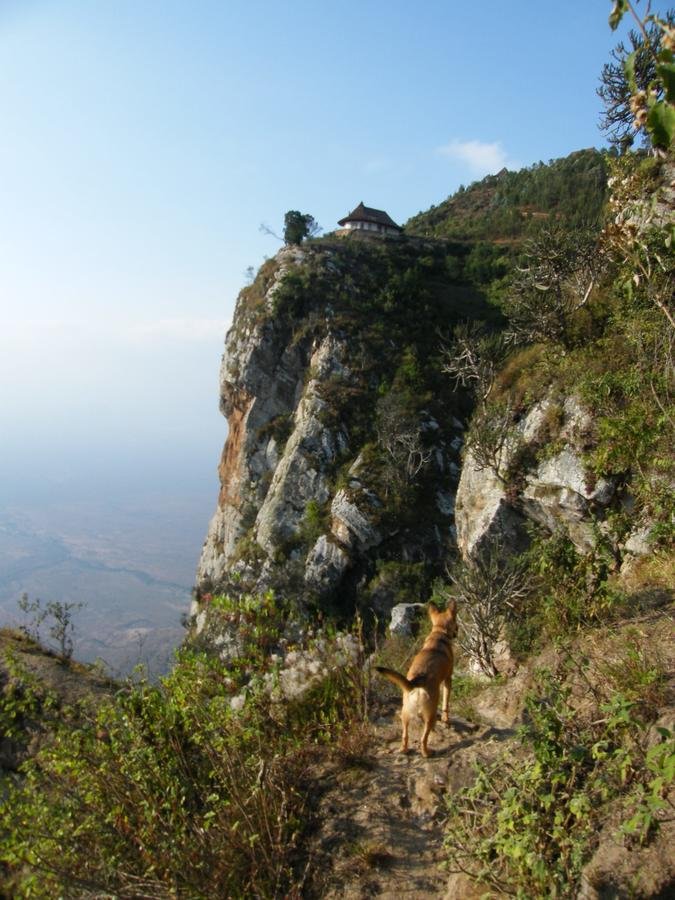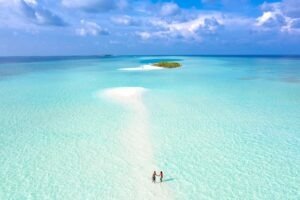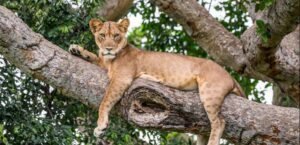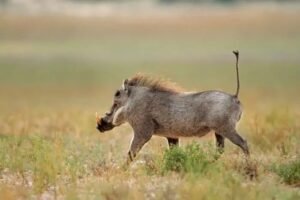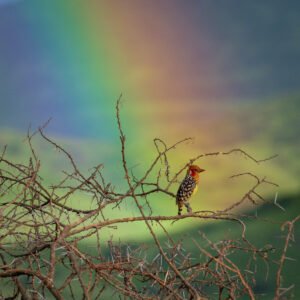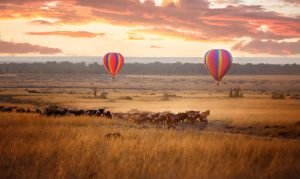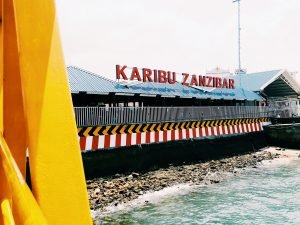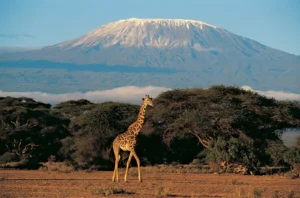
The Most Stunning Treks and Hikes in East Africa
With plenty of trails, mountains, and volcanoes dotting the region, East Africa is one of the best places on earth to enjoy some incredible hikes. It also has soaring Rift Valley mountains with accessible summits, snaking forest trails and flatland savannah. East Africa has a range of trekking experiences to suit most time frames and fitness levels.
Mt. Kilimanjaro, at 5895m (19,340 ft).
– Trek to the roof of Africa
Mt. Kilimanjaro, the highest mountain in both Tanzania and Africa, is just as impressive as you would imagine. Picture forest trails that lead into rocky and moon-like landscapes before giving way to snowy glacial views.
There are several trails for hikers attempting this climb, and the Machame, Lemosho, and Shira routes are the most popular and ranging from six to eight days. If you have some extra time and a slightly larger budget, check out the Northern Circuit route.
The trail can take eight and a half days, but you’ll be rewarded with the mountain’s most gorgeous and expansive views. Additionally, make sure to cross your fingers for a clear summit day, as the views from Uhuru Peak really highlight the roof of Africa in all its glory.
Rwenzori Mountain Range, at 5090.16m (16,700 ft.)
The Rwenzori Mountains, also known as the Mountains of the Moon, are situated in Western Uganda and the Democratic Republic of Congo. The range is at high altitude, boasting the third highest peak in Africa. The accompanying glaciers are actually one of the sources for the Nile River, and the range’s rocky cliffs and nine lakes are stunning. There are several summits available for hikers, including Margherita Peak, Mount Stanley, Mount Speke and Mount Baker.

Often dubbed ‘The Mountains of the Moon’, and a UNESCO World Heritage Site, the Rwenzoris are a chain of six beautiful mountains that straddle the equator along the border with Uganda and the DRC.
Rwenzori in a local language means ‘mountain of the rain’, and it’s a mystical mist-shrouded place with valleys full of emerald-green lakes, rocky cliffs, high glaciers and snow-capped peaks. The unique plant life includes dense tropical rainforest, bamboo forests and alpine species such as giant heathers and lobelia.

East African treks and Safaris offers treks to Rwenzori Mountains starting from 3day trek and one can summit to the highest Snowcapped Margherita Peak (5,109 metres) in 7/8days or 9days depending on fitness. The Rwenzori’s highest point is on Mount Stanley which is Magherita peak and the Stanley glaciers wide enough giving hiker a way up to the main peak. The trek requires endurance, physical fitness and the final ascent to magherita peak is a technical climb which requires at least a grade two climbing experience.
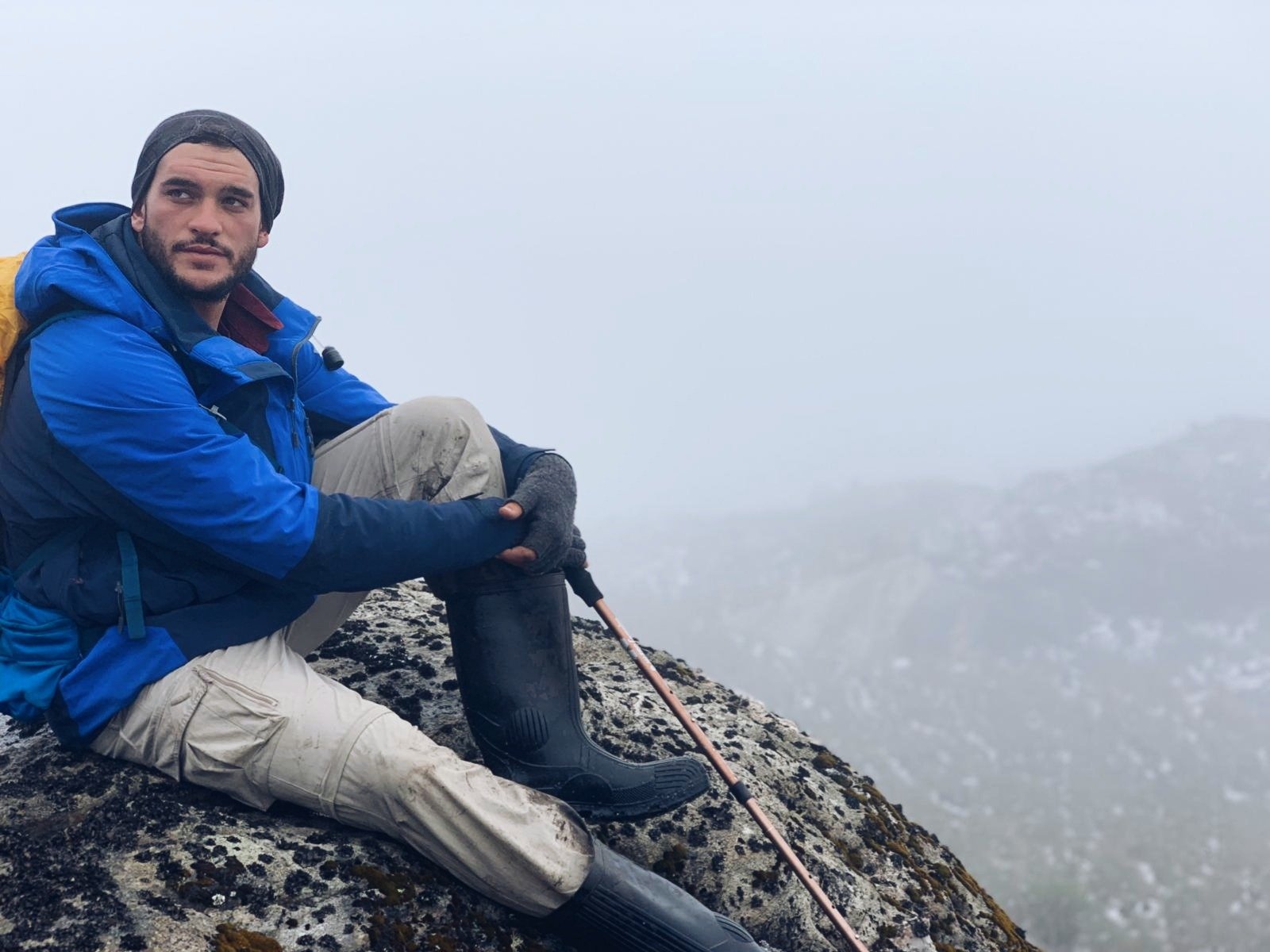
There are many ascents and descents along the route due to the ragged terrain of the mountain which makes the trek tough but the spectacular scenery and unusual vegetation make it a worthwhile challenge.
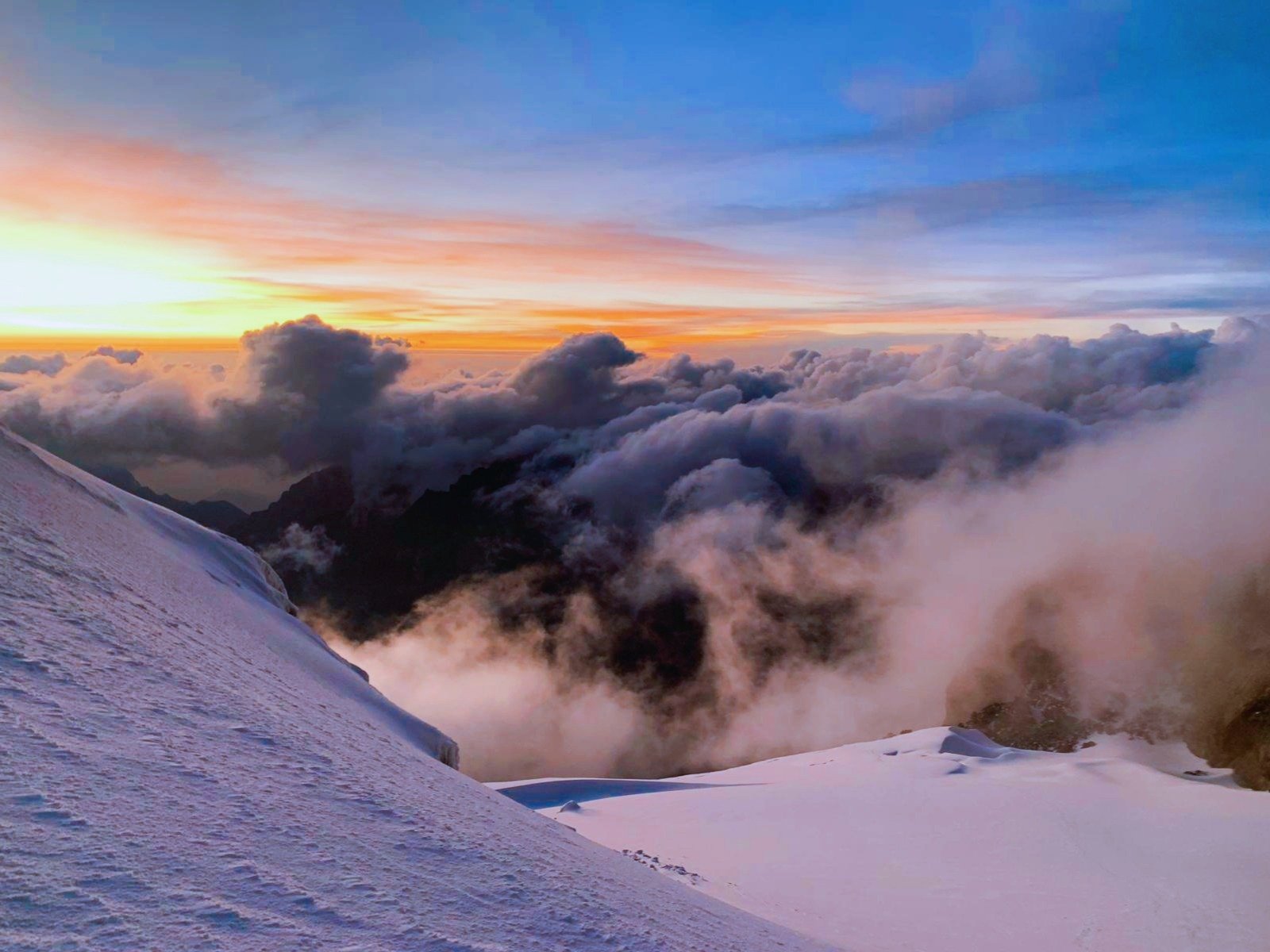
Rwenzori Mountains also have more than one peak to summit, Main peaks Summited are, Magherita peak at 5109m , Mt. Speke at 4890m , Mt. Baker at 4842m , Wiseman peak 4620m , Mutinda peak 4032m , Alexander peak 5090m, portal peaks 4627m, mount gessi 4715m, mt.Emin 4798m. Both Mutinda peak 3975m and Alexander peak 5083m are fully technical while the rest won’t require technical experience.
Mt. Kenya, at 5199.9m (17,060 ft.)
– second-highest mountain in Africa
As the second highest mountain in Africa, and the highest mountain in Kenya, climbing Mt. Kenya is not an activity to undertake lightly. There are a couple of different routes up the mountain, and all reward hikers with the sparkling glacial summit.
Sirimon, the most popular route, can take only two days for trekkers ascending in a hurry, although the three day Burguret route is little used and absolutely magnificent. Naro Moru and Chogoria are the two descending trails, and take two or three days respectively — making the whole hike a minimum of four days long.

Known as Kenya’s largest forest reserve with the 2nd highest peak in Africa and a UNESCO World Heritage Site, the snow-capped Mount Kenya features dramatic landscapes of dense woodlands, waterfalls, moorland and precarious-looking rocks with permanent ice and glacier lakes viewed as you ascend its magnificent peaks.
The highest peak is Batian (5,199 metres 17,057 ft) and Nelion (5,188 metres 17,021 ft) which are completely technical ascents though the destination for trekkers is Point Lenana; at 4985 metres which is a strenuous hike, but manageable if you are reasonably fit and allow sufficient time to acclimatize to the altitude.
Mt Elgon 4,321 at meters or (14,176 ft)
Rising to 4321 meters or 14176 feet, Mount Elgon has the longest base of any mountain in the world and the second-largest caldera. It also features incredible bio-diversity and exhilarating views into neighbouring Kenya from the summit on Wagagai peak.
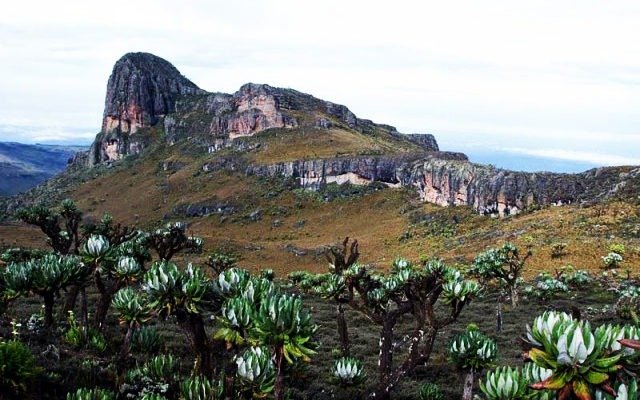
ead called Budadiri where our guide Moses met us. He brought a couple porters to carry our camping supplies, as well as a cook with him.
Mount Meru, Tanzania at 4,565 m (14,977ft)
– Widely considered to be a brilliant alternative to Kili, and it’s close to Arusha.

Mount Meru is Tanzania’s second highest mountain standing at 4,566 metres (14,980 ft).

It is often used a practice acclimatization run for its close neighbor, Mount Kilimanjaro. The trek up to the summit of this rather beautiful volcano takes 3-4 days. The route passes through ancient lush rain forests of fig trees, giving way to heather and rocky moors. Along the the trail, buffaloes, baboons and giraffes are commonly sighted as well as hundreds of species of birds.

The best time to go up is August – October. Hikers spend the nights in small well-tended huts along the route. An armed ranger is compulsory so it’s best to organize your trip in advance.
Ol Doinya Lengia, Tanzania at 2,962 m (9717.8ft)
Located in Tanazania, Ol Doinya Lengia means Mountain of God In Maasai. It is a sacred mountain to the Maasia people.
There are beautiful sunrise views of the entire Rift Valley from the top. And a very interesting crater to see.
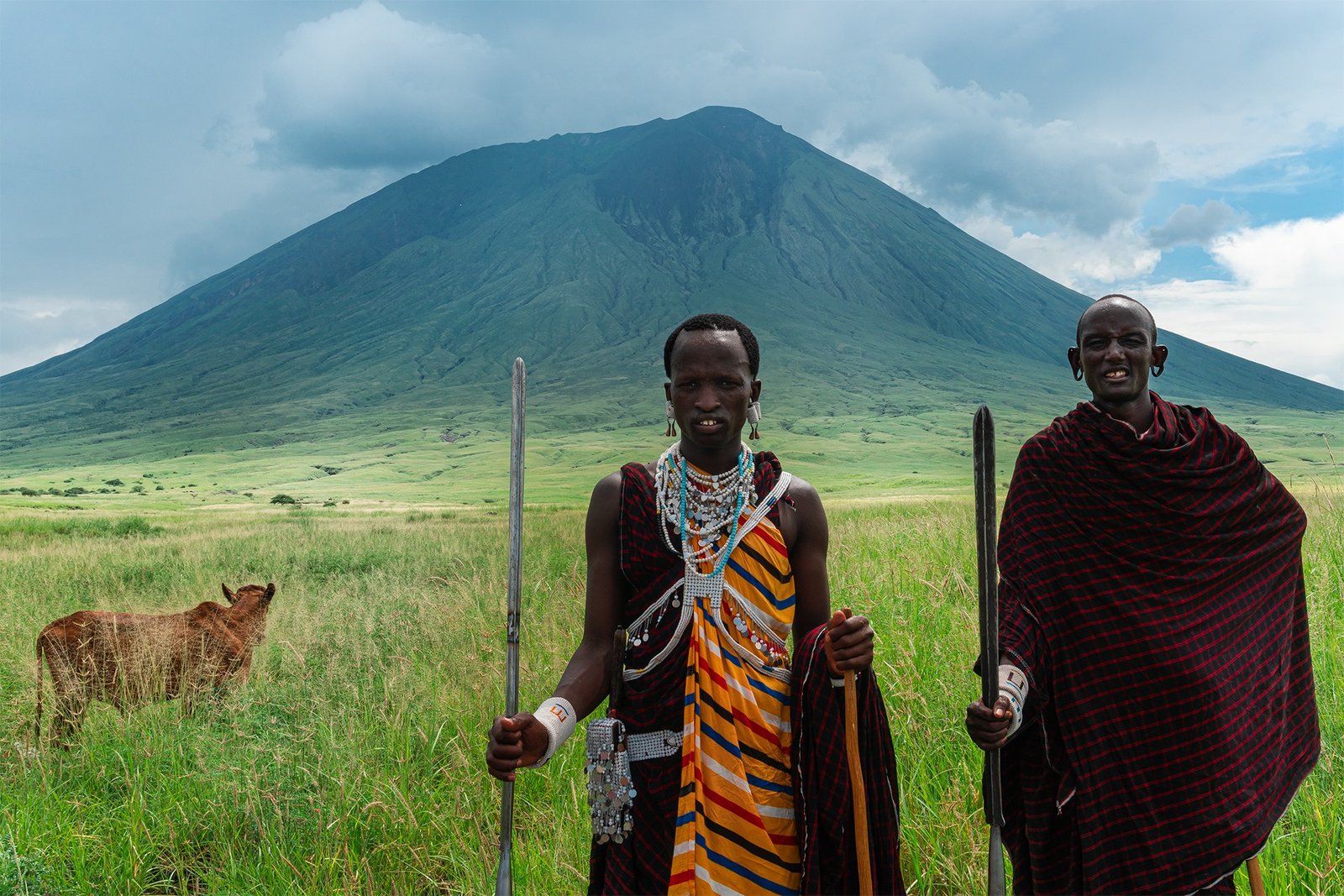
Specifics on the hike: It takes 5-6 hours to climb. We recommend long sleeves and pants, sturdy hiking shoes, a head lamp, water and a bandana to tie around your mouth to keep out some of the ash.

Usambara Mountains at 2440metres (8,005 ft.)
Unlike many of the hikes in East Africa that require permits and park rangers, the Usambara Mountains in Tanzania are casual, idyllic, and easily accessible.
Spend just a day or two wandering through the winding mountain trails, or upgrade to a full week in the region.
Small towns, bustling markets, and plenty of well kept guesthouses in the Lushoto district render this colorful hiking excursion incredibly relaxing.
Udzungwa Mountains.
Harbouring one of East Africa’s great forests, Udzungwa Mountain National Park has an area of 1990 sq km, bordered by the Great Ruaha River to the north, with Mikumi National Park and Selous Game Reserve located further to the north and east.
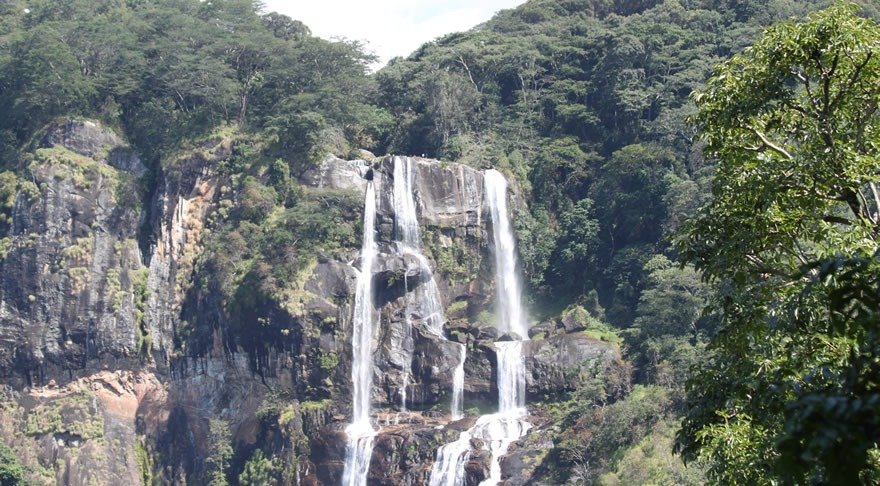
With no roads entering Udzungwa National Park it is a paradise for hikers and backpackers alike. Numerous breathtaking day-hikes can be organized along with multiple day excursions into the dense rain forest or onto the high plateau. One beautiful trek is up to the Sanje River Waterfall, which plunges for 170 meters through the forest to the valley below. The view from the top is magnificent!
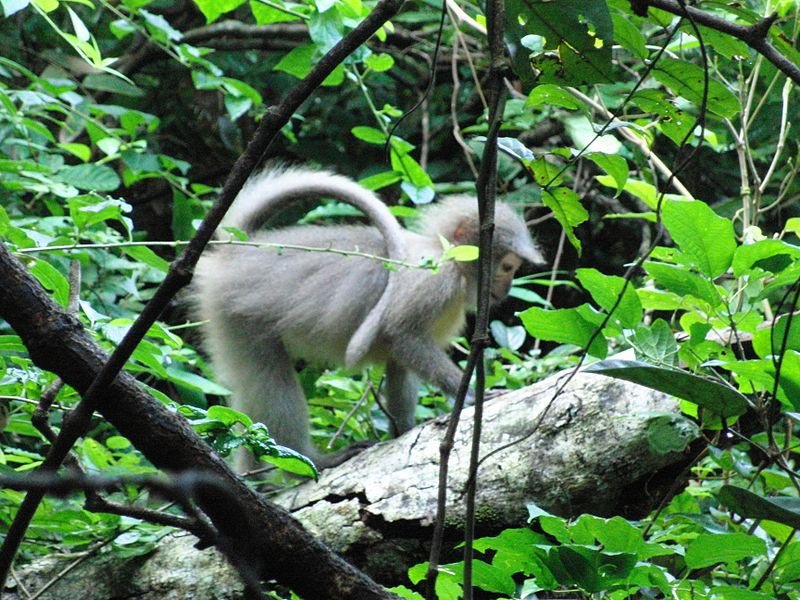
Udzungwa National Park supports a diverse, large mammal community including elephants, buffaloes, lions, leopards, African wild dogs, elands, waterbucks and sable. Six species of primates are found here and two are endemic, the Iringa (Uhehe) Red Colobus monkey, and the Sanje Crested Mangabey, which was discovered in 1979. There is also a rich small bovid community including good numbers of Red, Blue and Abbots duikers, and bushbuck.

Apart from the forest, which acts as a water catchment area and having a large number of endemic species of both animals and plants, the park has spectacular mountains scenery, grasslands, rocks, rivers and waterfalls. One of the most interesting sights is the presence of two indigenous species of primates, the Iringa red colobus monkey and the Sanje Crested Mangabey, not known until 1979. Apart from providing habitat to about six species of primates, its plateau contains populations of elephants, buffalos, lions, leopards, African hunting dogs and several forest bird species.

